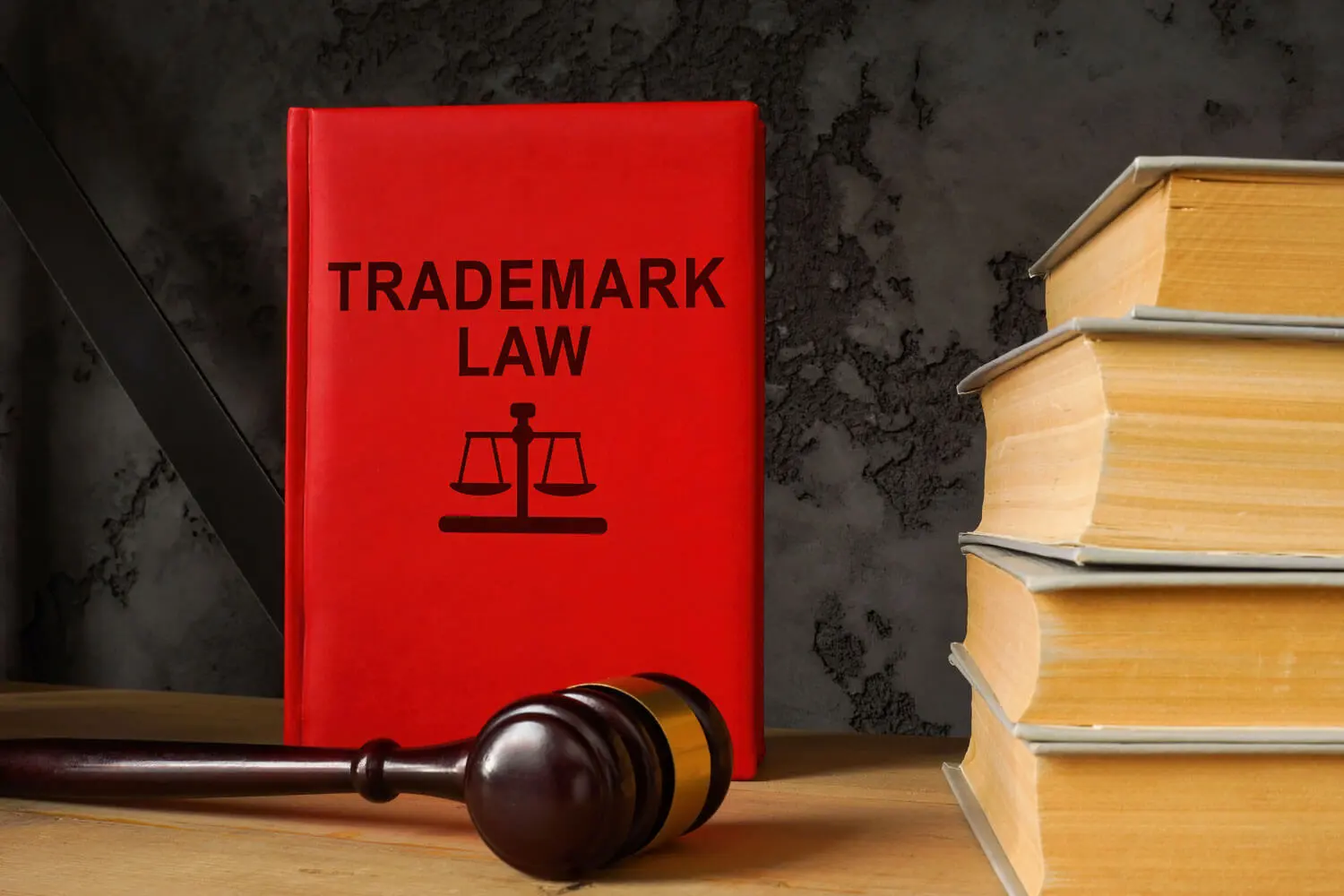The Olympics may be over, but the legal gymnastics behind it, international and domestic, certainly was in full force and will continue to be in full force even after Closing Ceremony. This quadrennial competition aims to gain the attention of the entire world, and that means trademark protection must be in full force during this time. A recent Bloomberg article discussed this issue, noting that the trademarks, logos and phrases for the Olympics were sought out for use by the globe’s biggest corporations, and these companies were granted the rights to use them at the price of a very pretty penny. However, there were also some small, local businesses around Rio de Janeiro using the very same trademarks, logos and phrases without permission by any Olympic Committee.
FACTORS INVOLVED IN TRADEMARK PROTECTION
In a previous blog, we discussed the methodology behind protecting your trademark, namely registration. Putting all international laws aside, the endeavor for trademark protection by these companies and especially for the United States Olympic Committee was driven by a number of factors.
- Likelihood of Confusion – This factor looks at whether there is a possibility that the currently pending trademark could cause a consumer to be confused with an already-existing (or pending) trademark.
- Similarity – Surprisingly, it is okay for two trademarks to be similar and still be legal because they do not cause confusion. Thus, factor (1) and factor (2) typically go hand-in-hand. However, to make matters somewhat confusing, two trademarks do not have to be similar in order to cause confusion. So although similarity lends support to confusion, it is equally dependent and independent of actually causing confusion.
- Relatedness – This final factor carries the analysis of trademark registration to its conclusion. So long as two “similarly confusing” trademarks are not used for the same goods or services, it is possible for the two trademarks to legally exist. The two trademarks are likely going to be in similar industries in order for the argument of “causing reasonable consumer confusion” to stand.
Going back to the Olympics, it makes sense that both the Olympic Committees and the companies that sponsor them go to great lengths to not only protect their trademarks, but also officially purchase the permission to use them. It sounds rough, but those businesses that slip through the cracks and essentially steal trademarks from other companies may very well be hurting the companies that worked so hard to legally register and protect them.
If you have questions regarding a trademark you use in your business, please contact the Vethan Law Firm, P.C. to discuss them.

